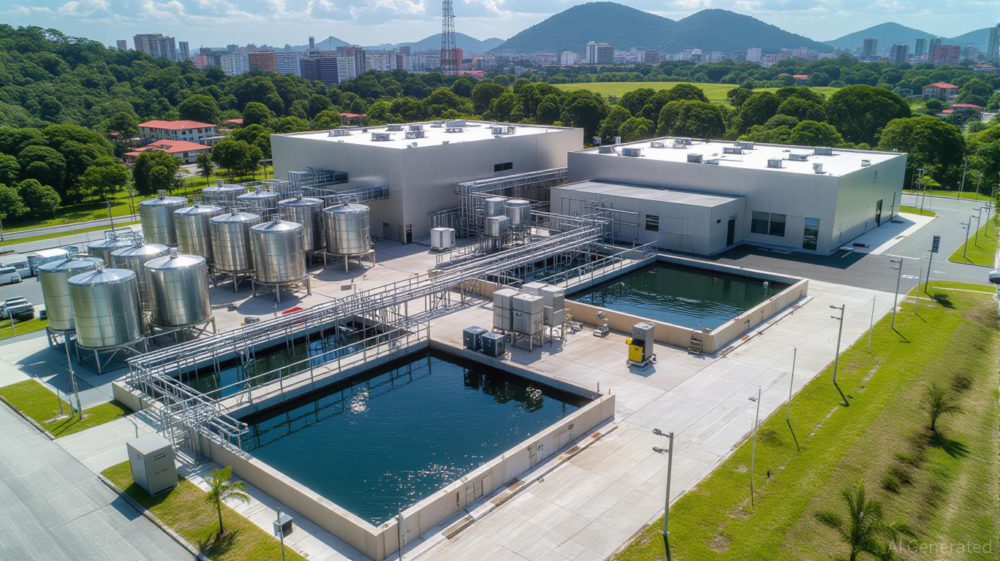Liquid biofuels employment, on the other hand, decreased to 2.4 million from 2.5 million due to covid-19-related reductions in demand, lower prices for conventional transport fuels and adverse policy changes.
IRENA data show that China commanded a 39% share of renewable energy jobs worldwide in 2020, followed by Brazil, India, the United States, and members of the European Union.
“Many other countries are also creating jobs in renewables. Among them are Viet Nam and Malaysia, key solar PV exporters; Indonesia and Colombia, with large agricultural supply chains for biofuels; and Mexico and the Russian Federation, where wind power is growing,” the review reads. “In Sub-Saharan Africa, solar jobs are expanding in diverse countries like Nigeria, Togo, and South Africa.”
IRENA and ILO’s research also found that more jobs will be gained by the energy transition than lost. In fact, an ILO global sustainability scenario to 2030 estimates that the 24-25 million new jobs will far surpass losses of between six and seven million jobs.
“Some five million of the workers who lose their jobs will be able to find new jobs in the same occupation in another industry,” the report states while forecasting that the clean energy sector could employ 43 million people by 2050.
The organizations believe that by mid-century, solar would account for 19.9 million jobs, followed by bio-energy at 13.7 million, wind at 5.5 million and hydropower at 3.7 million.
In their view, energy transition technologies such as batteries for electric vehicles and green hydrogen could also become major sources of jobs, as electrolyzers and other green hydrogen infrastructure can create about 2 million jobs globally from 2030 to 2050.
“The potential for renewable energy to generate decent work is a clear indication that we do not have to choose between environmental sustainability on the one hand and employment creation on the other. The two can go hand-in-hand,” ILO director-general, Guy Ryder, wrote in the report.




